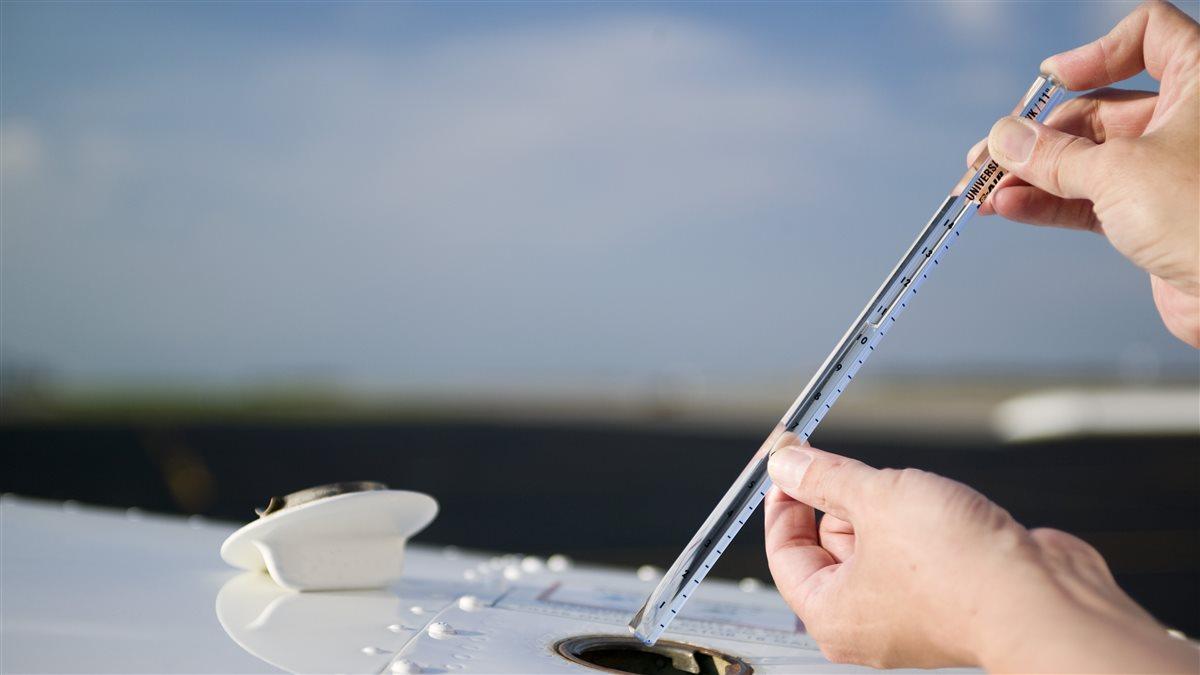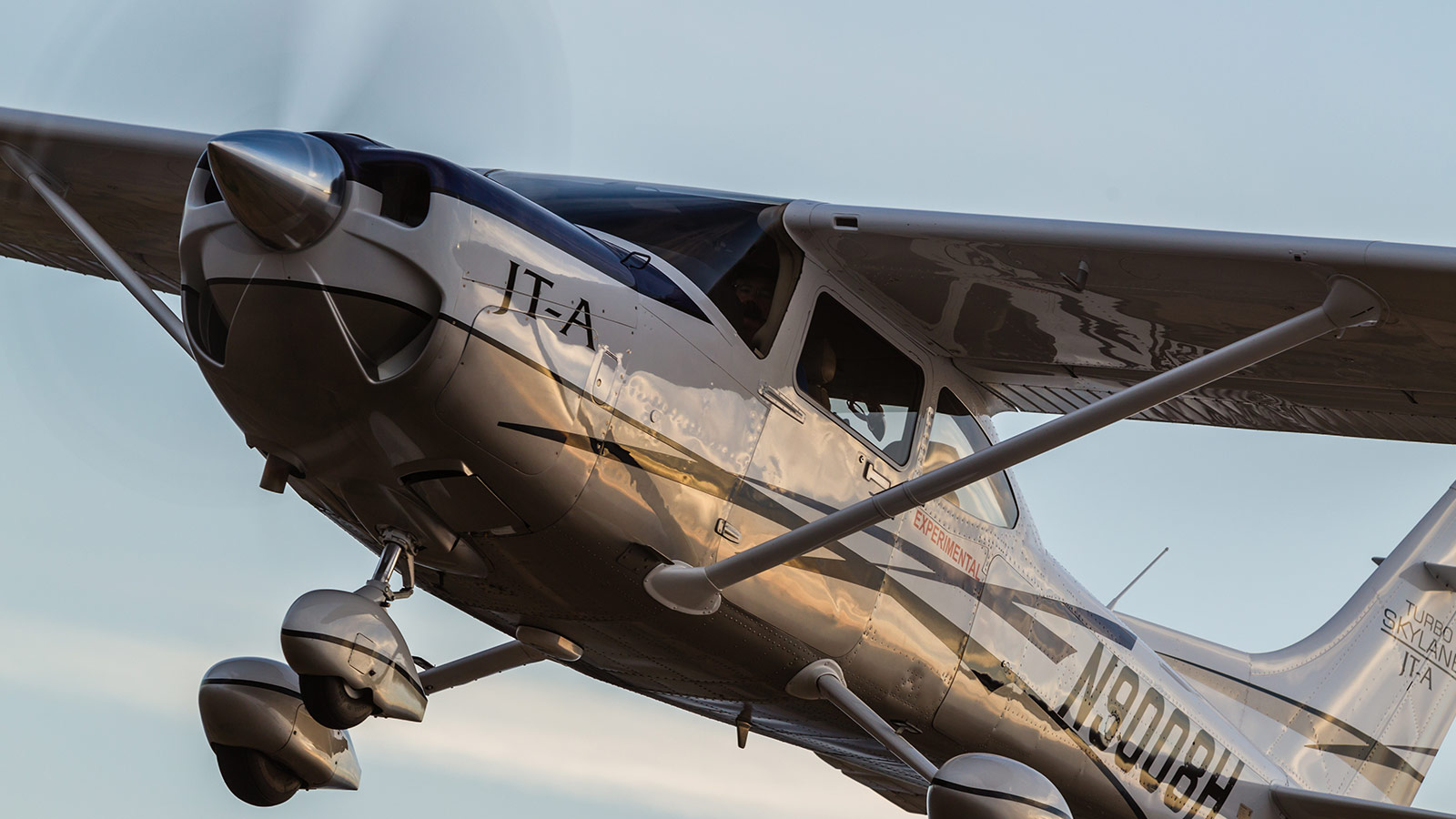Safety Spotlights
Aging Aircraft

How much do you know about factors that influence your aircraft’s health and aging process? We’ll review how flight activity, improper maintenance, and damage accelerate aging. Learn more about best aircraft maintenance practices and how to conduct an advanced preflight inspection after maintenance. Know what to look for and who to ask about the effects of aging on your aircraft or the one you rent. View it now >>
Aging Gracefully

None of us has a choice about getting older, but we can choose how we deal with it—in how we care for ourselves, in how we fly, and the decisions we make. This Safety Spotlight explores the effects of aging on pilot performance and ways to keep flying safely as we grow older. View it now >>
Aircraft Systems

In this Aircraft Systems Safety Spotlight we’ll examine piston engines, propellers, pneumatic systems of an airplane, and how to keep them in the best condition possible. View it now >>
ASN Volunteer Orientation Guide

AOPA’s Airport Support Network (ASN) has more than 1,600 AOPA members across the United States that provides a first line of defense for general aviation’s community airports. You too can join. This ASN Orientation Guide introduces you to the program, the type of issues facing community airports, and how to protect your airport for the future. View it now >>
Collision Avoidance

Collision avoidance, in the air and on the ground, is one of the most basic responsibilities of a pilot operating an aircraft in VFR conditions. During primary training, pilots are taught to keep their eyes outside the cockpit and look for conflicting traffic. But little formal instruction is given on the best ways to visually identify potential collision threats—or in procedures that can lessen their risk of occurring. Make the strategies and tactics in this Safety Spotlight part of your standard procedures to keep the skies safer for you, and for those you share it with. View it now >>
Pinch Hitter

As a non-pilot who occasionally flies in light aircraft, you may have wondered what it would take to be more than a passenger and be involved with the flight and help your pilot—even becoming a pilot yourself. Good news! This spotlight will help you understand certain principles of flight and how to safely maneuver an airplane in flight. View it now >>
Do the Right Thing—Decision Making for Pilots

It's a sad fact of aviation that, every year, approximately 75 percent of all aircraft accidents are caused by pilot error, with a very large number the direct result of poor decisions. The good news is that making superior decisions about flying doesn't require superhuman skill or exceptional judgment—just the ability to anticipate and recognize basic problems, and then take timely action to correct them. This Safety Spotlight provides practical advice to help you do that, as well as guidance and recommendations for developing your own set of personal minimums. View it now >>
Emergency Procedures

Practice, planning, and good judgment can improve the odds tremendously, but despite our best intentions, sometimes things just go wrong. In this Safety Spotlight we'll look at ways to handle those critical "up here, wishing you were down there" situations as safely as possible. View it now >>
Fighting Fatigue

Fatigue affects our ability to fly. For example, it can impair memory, judgment, concentration, vision, and coordination. An overwhelming desire to sleep is the most pronounced symptom of fatigue. This Safety Spotlight examines factors leading to fatigue and how to keep it from catching up with you in the cockpit. View it now >>
Fuel Management

There’s a lot to know about fuel management and preventing fuel exhaustion or starvation. This Safety Spotlight discusses these subjects in detail and offers suggestions to improve fuel awareness and reduce fuel-related incidents. View it now >>
Maneuvering Flight — Hazardous to Your Health?

More than one-quarter (26.6 percent) of all fatal accidents in the last 10 years occurred during maneuvering flight, which includes buzzing, formation flying, aerial work, stalls/spins, canyon flying, aerobatics, and normal flight operation. Basically, any type of flying performed close to the ground — the traffic pattern, for example — or involving steep turns and aerobatics is considered maneuvering. Read this Safety Spotlight to learn about performing maneuvering flight safely. View it now >>
Mountain Flying

Mountain flying allows pilots to reach new and exciting destinations while providing adventures and challenges that most flatlanders will never know. As with any new flying adventure, there are also unique risks, most associated with either unforgiving terrain or high density altitude. This Safety Spotlight reviews those challenges and offers ways to minimize the associated risks. View it now >>
PIREPs Made Easy

Pilot reports (PIREPs) are invaluable in the weather decision-making process. Do you appreciate getting a PIREP but feel uneasy to provide one? Or are you unsure how to interpret a PIREP? Brush up on the basics with PIREPs Made Easy. View it now >>
Spatial Disorientation: Confusion That Kills

Pilots deprived of visual references while flying can quickly lose control of the aircraft and succumb to one of general aviation’s biggest killers: spatial disorientation. This Safety Spotlight will explain what spatial disorientation is, how it happens, and how you as a pilot can avoid its hazards. We’ll also examine accidents where some pilots couldn’t escape spatial disorientation. View it now >>
Survive: Beyond the Forced Landing

Our training prepares us to handle in-flight emergencies, but little is taught about what to do once we’re on the ground in a survival situation. Since not every forced landing results in fatalities or even injuries, a little knowledge on what to do can go a long way. In this Safety Spotlight, we’ll take a more in-depth look at some items you should pack in your survival kit and what actions you can take to keep you and your passengers safe until help arrives. View it now >>
Volunteer Pilots: Balancing Safety and Compassion
 You love to fly, and you like the idea of using your passion to help others. But what does it take to become a volunteer pilot? This Safety Spotlight provides a brief overview of public benefit flying. Explore and get involved. View it now >>
You love to fly, and you like the idea of using your passion to help others. But what does it take to become a volunteer pilot? This Safety Spotlight provides a brief overview of public benefit flying. Explore and get involved. View it now >>
Weather Wise: Air Masses and Fronts

Are you planning a quick local flight or a weeklong cross-country adventure? Understanding the large-scale forces that create weather makes it easier to come to the right decisions about flying in weather. This Safety Spotlight lifts the curtain on air masses, fronts, regional weather, and high- and low-pressure systems. View it now >>
Weather Wise: Precipitation and Icing

Cold temperatures, low clouds, precipitation, and icing present unique challenges for general aviation (GA) pilots. This Safety Spotlight explores basic precipitation and icing weather theory and associated hazards. Learn how to recognize and avoid dangerous precipitation and icing and find tips on exit strategies for unexpected and inadvertent icing encounters. View it now >>